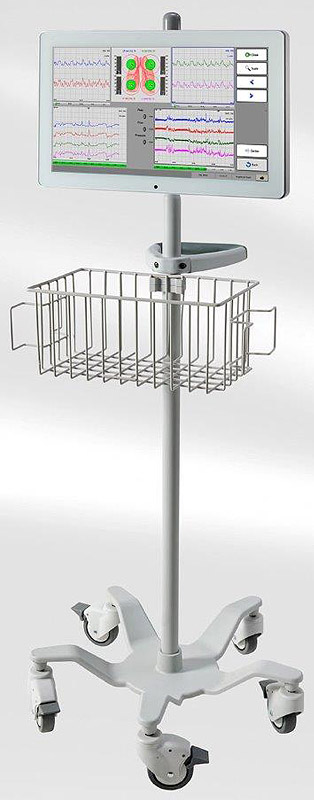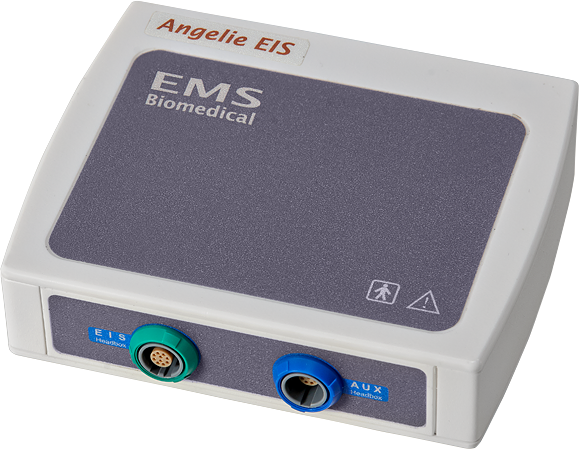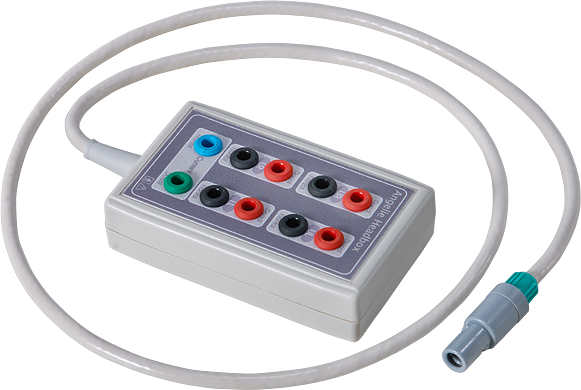ANGELIE EIS
The pioneering innovation in monitoring of impedance in four quadrants of the lung.
The Angelie EIS improves quality of care in modern neonatology, pediatric and adult intensive care.
The Angelie EIS system is a great supporting tool for respiratory management, specially designed for clinical use. It monitors impedance across all four quadrants of the lung and shows the changes in form of waveforms, trends, graphs and parameters .
The Angelie EIS can be used to detect inhomogeneities between lungs and their segments and to monitor REGIONAL distribution of air and amounts of regional tidal volumes. It can be applied on all patients from newborns to adults, in all patients, where respiratory system is involved; either in spontaneous breathing or ventilated patients.
Features and advantages:
- Real-time monitoring of distribution of air to all four lung quadrants
- Efficient, quick and easy application
- Only a few electrodes are needed
- Touch screen control
- Radiation free and noninvasive measurement
- Satisfies routine and advanced clinical needs
- Provides flexibility for research environments
Noninvasive continuous monitoring
To measure impedance in different segments of the lung (EIS), only a few electrodes are needed. Appropriate information regarding air distribution in all four quadrants of the lung is provided. The signal does not only contain information regarding distribution of tidal volume in each quadrant (segmental and total Tidal Impedance) but also regarding the overall air content in the lung (segmental and total Residual Impedance)
Electrical impedance segmentography is an excellent tool to monitor recruitment of different lung areas.
Measurement of Residual Impedance allows a good monitoring of the effect of changing mean airway pressure on lung recruitment.



